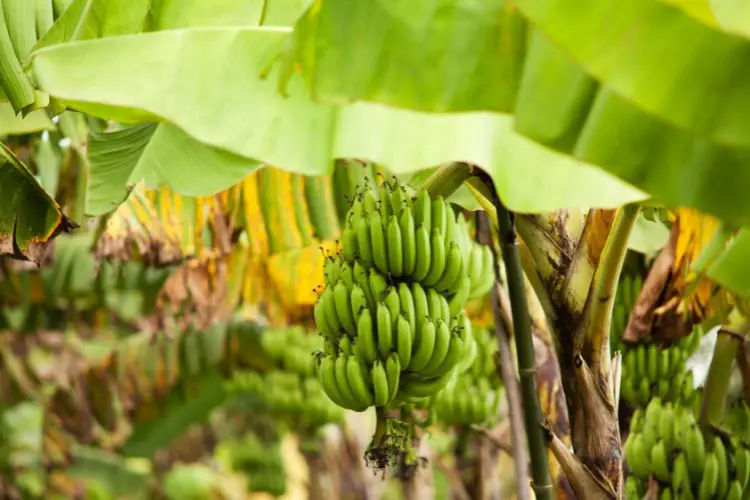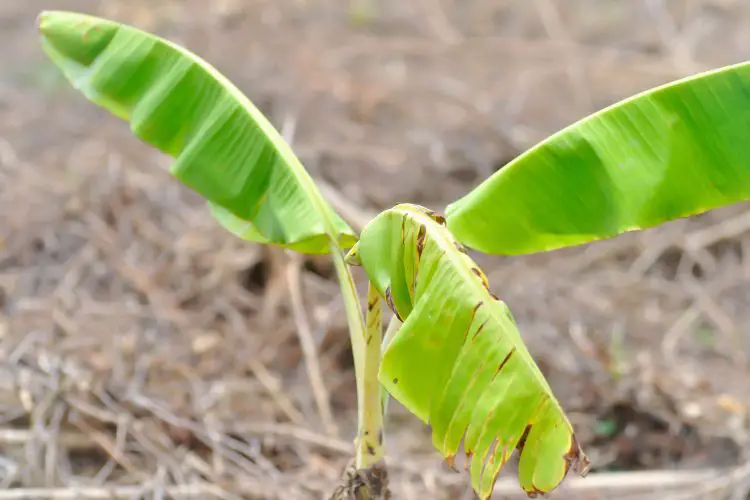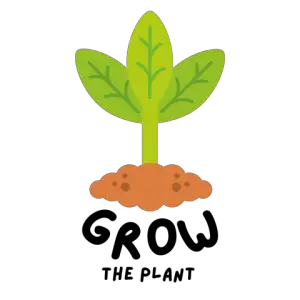Discover how to grow bananas at home with expert tips on planting, care, and maintenance. Learn to cultivate these tropical fruits to enjoy fresh, homegrown bananas right from your garden.
Introduction to Growing Bananas at Home

If you’re a home gardener looking to add a tropical flair to your garden, growing bananas at home can be a rewarding and enjoyable experience. Not only do banana plants produce delicious fruit, but they also add a lush, exotic look to your outdoor space. In this guide, we’ll explore the benefits of growing bananas at home and provide an overview of the cultivation process.
Benefits of Growing Bananas at Home
One of the primary benefits of growing bananas at home is the ability to enjoy fresh, homegrown fruit right from your garden. Bananas are a good source of vitamin C, potassium, and dietary fiber, making them a healthy and tasty addition to your diet. Additionally, cultivating banana plants can enhance the visual appeal of your garden with their large, tropical leaves and unique growth habit.
Overview of the Process
The process of growing bananas at home involves selecting the right banana variety for your climate, planting the banana trees, providing proper care and maintenance, and ultimately harvesting and enjoying the fruits of your labor. With the right knowledge and attention to detail, you can successfully cultivate bananas in your home garden.
Choosing the Right Banana Variety for Your Climate
Understanding the Different Banana Varieties
There are several banana varieties, each with its own unique characteristics and requirements. Some popular varieties include the Abyssinian banana (Ensete ventricosum), also known as the Abyssinian banana plant or Ensete ventricosum maurelii. These varieties differ in size, flavor, and cold tolerance, so it’s essential to choose a variety that is well-suited to your climate and location.
Selecting the Best Variety for Your Climate and Location
Before planting banana trees, research the different banana varieties and select one that is best suited to the climate of your region. For example, if you live in a cooler climate, you may want to choose a cold-hardy variety that can withstand lower temperatures. Conversely, if you reside in a warm, tropical climate, you can consider a wider range of banana tree options.
Planting Bananas
Preparing the Soil for Planting

Banana plants thrive in well-draining, fertile soil. Before planting, ensure that the soil is rich in organic matter and has good drainage to prevent waterlogging, which can be detrimental to the plants. Adding compost or well-rotted manure to the soil can improve its fertility and structure, creating an ideal growing environment for banana plants.
Choosing the Right Location for Planting
Select a sunny location in your garden for planting banana trees. Bananas require full sun to thrive and produce fruit, so choose a spot that receives at least 6-8 hours of sunlight per day. Additionally, consider the mature size of the banana plant and ensure that it has enough space to grow without overcrowding other plants.
Planting Process and Spacing Guidelines
When planting banana trees, dig a hole that is twice as wide and deep as the plant’s root ball. Gently remove the plant from its container and place it in the hole, backfilling with soil and watering thoroughly. Space banana plants at least 8-10 feet apart to allow for their large, spreading growth habit.
Caring for Banana Plants
Watering and Irrigation Requirements
Banana plants require regular watering to keep the soil consistently moist but not waterlogged. During dry periods, provide supplemental irrigation to ensure that the plants receive adequate moisture. Mulching around the base of the plants can help retain soil moisture and regulate temperature.
Fertilizing Banana Plants
Fertilize banana plants regularly with a balanced fertilizer to promote healthy growth and fruit production. Look for a fertilizer specifically formulated for fruiting plants and follow the manufacturer’s recommendations for application rates and timing. Avoid over-fertilizing, as this can lead to excessive foliage growth at the expense of fruit development.
Managing Pests and Diseases
Keep an eye out for common banana plant pests such as aphids, thrips, and spider mites, and take prompt action to control infestations. Additionally, be vigilant for signs of diseases such as Panama disease and banana bunchy top virus, and implement preventive measures to protect your plants from these threats.
Harvesting and Enjoying Homegrown Bananas
Signs that Bananas are Ready for Harvest

Bananas typically take 3-6 months to ripen after flowering, depending on the variety and growing conditions. Look for changes in the skin color from green to yellow, as well as a slight softening of the fruit, to indicate that the bananas are ready for harvest. You can also perform a taste test to determine the sweetness and flavor of the fruit.
Harvesting Process
To harvest bananas, use a sharp knife to cut the entire fruit cluster from the plant. Handle the fruit clusters carefully to avoid bruising or damaging the bananas. Once harvested, you can enjoy the fresh, homegrown bananas right away or store them for later use.
Tips for Storing and Enjoying Homegrown Bananas
Store harvested bananas at room temperature to allow them to ripen fully. Once ripe, you can refrigerate the bananas to extend their shelf life or use them in a variety of culinary applications, such as smoothies, baked goods, and banana leaf-wrapped chicken.
Conclusion and Additional Tips for Growing Bananas at Home
Successfully growing bananas at home requires attention to detail and a good understanding of the specific needs of banana plants. Additional tips for successful banana cultivation include regular pruning to remove old, spent leaves and protect the plant from wind damage, as well as providing support for the heavy fruit clusters to prevent them from breaking the plant.
In conclusion, home gardeners can experience the joy of cultivating their own tropical fruit by growing bananas at home. With the right variety selection, proper planting and care, and attention to harvesting and storage, you can enjoy the delicious rewards of homegrown bananas in your garden.
We encourage all home gardeners to consider adding banana plants to their outdoor spaces and experience the satisfaction of growing and enjoying this tropical fruit right at home. Happy gardening!
